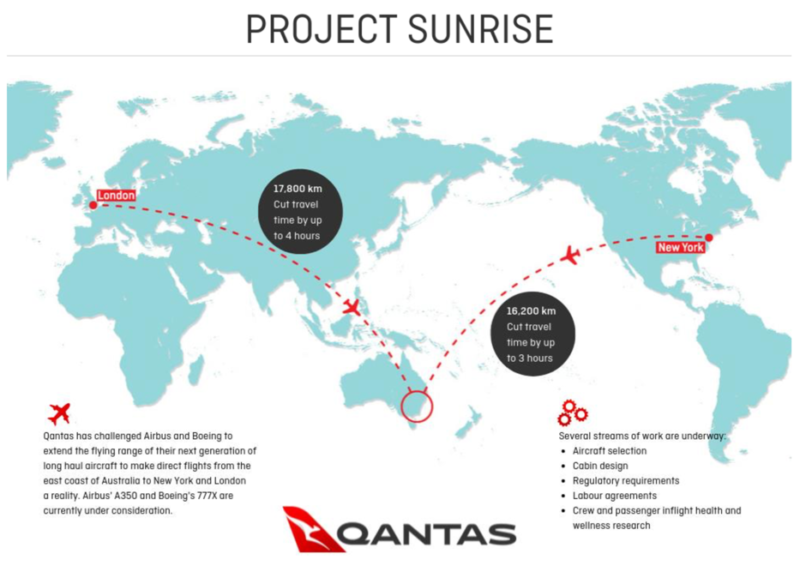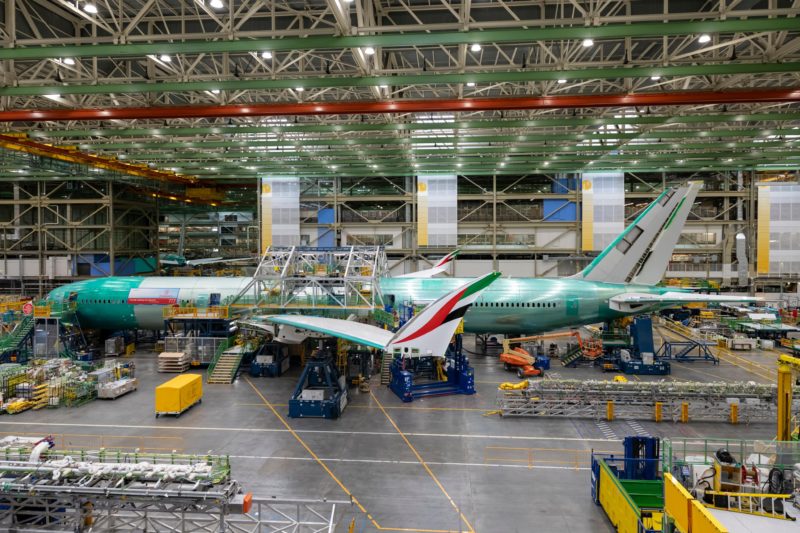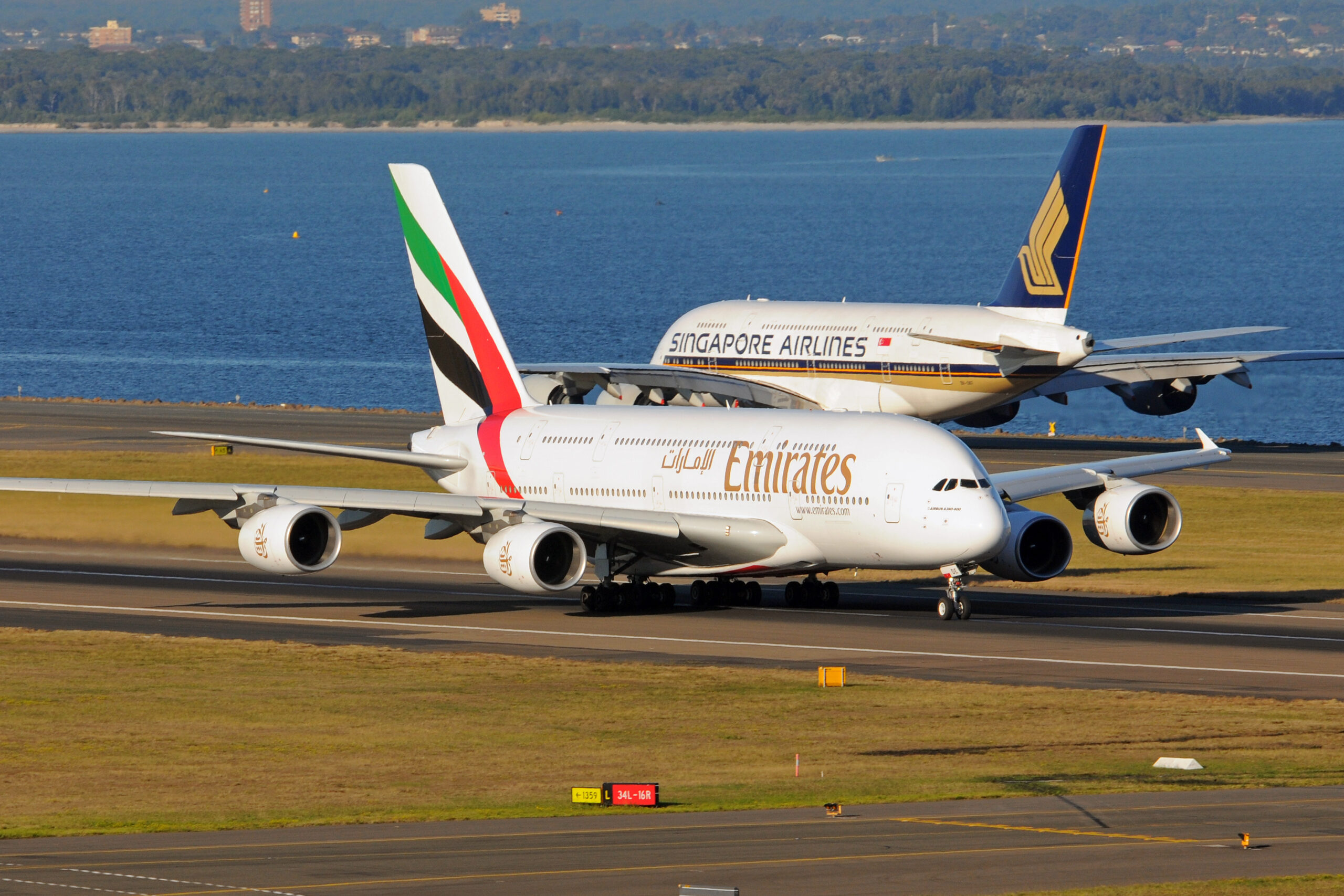COVID-19 has sent shock waves throughout the aviation industry. Cash-strapped airlines have either gone bust, sent into administration or gone in search of a lifeline, typically in the form of a government bailout, to increase liquidity and survive.
People are much more reluctant to travel; seeking to reduce their exposure to the virus, along with balancing the risk of being restricted by quarantine measures. Therefore, it is unsurprising that the IATA is saying that the Middle East is forecast to see a 56% drop in the number of passengers in 2020; a trend likely to lead to air travel’s overall decline over the coming years.
With this bleak prospect in mind, airlines in the Middle East must quickly respond to the changing characteristics of the marketplace; they must be able to establish a competitive advantage, once international air travel makes a meaningful rebound.
As the founder of the Bauer Aviation Advisory, and a visiting lecturer at City University of London in Dubai, I have been analysing the commercial performance and economics of the top Middle East carriers. Through a recent academic study, I have examined the emergence of Ultra Long-Haul (ULH) flights and concluded that they do have increasing potential to thrive in a post pandemic era.
As people, we love convenience. Whether it is ordering groceries from an app, making purchases online or taking the fastest route home. It is the speed and efficiency in getting what we want, and when we want it, that appeals to us most.
The Ultra Long Haul Model
ULH flights, lasting more than 14 hours nonstop between two major global cities, are always going to be more efficient and could offer airlines a competitive advantage. In their first year of service, Qantas’ nonstop Perth-London route, covering a distance of 14,000 kilometres, flew 94 percent full and carried 155,000 passengers; this only emphasis the popularity of this groundbreaking ULH route.

But it is not just shaving a few hours off the travel time where this model has its advantage, it is also the notion of safety; reducing the risk of exposure to the virus for passengers during layovers.
Since COVID-19 became a familiar threat to us worldwide, governments, businesses and individuals have taken the necessary precautions to reduce the transmission of the virus. The UAE’s robust response has been exemplary, settling nerves at a time when people are more health-conscious than ever before.
However ‘super connector’ hubs, including Dubai, Doha and Abu Dhabi, could lose out in future; if more health-conscious passengers choose to pay the premium for convenience, then they would be bypassing these hub airports altogether.
Where Does This Leave The Middle East’s Top Carriers?
Emirates maintain their dominance in long-haul travel, based on a model rooted in connecting Dubai with the world; also based on bridging the gap between East and West, with their vast fleet of Airbus A380s and Boeing 777s.
As a region with a razor-sharp focus on shaping the future through visionary leadership, the UAE, and Saudi Arabia in particular, have landed major global events of strategic importance; including the upcoming 2020 G20 Riyadh Summit in Riyadh and Expo 2020 Dubai next year. For mega-events like these to be successful, global connectivity is essential.
Despite the emergence of ULH flights, the concept is not new for the likes of Emirates, Qatar Airways and Etihad. A typical flight between Abu Dhabi and Los Angeles would take around 16 hours. Even for Australians, traversing the globe from Europe to get home, this would include up to a 14-hour nonstop flight from Dubai. The recent spell of repatriation flights, and cargo services, from the UAE to other parts of the world during the pandemic has also reinforced this.
Emirates are planning to introduce the Boeing 777X and the Boeing 787-9 Dreamliner to their fleet mix; both of these aircraft are easily capable of ULH flight operations between continents, if configured accordingly.

However, as we are not expecting air traffic levels to recover for several years, the smaller Boeing 787 Dreamliner will add greater flexibility to Emirates’ fleet, in the event of any sudden event that would impact on demand.
Conversely, despite changing traffic flows, the Middle East’s major carriers will always benefit from the region’s strategic geographical advantage; being only one flight away from anywhere on the globe, which can never be underestimated.
As we have seen with existing ULH routes, air fares have been charged at a premium. This is because airlines have fewer seats to fill, which invariably pushes up the cost of flights over long distances to cover the cost of the operation.
With that being said, the Middle East carriers, with their strong global brand recognition, quality product and extensive global network, can remain relevant against the emerging threat of ULH flights by providing a connecting flight cost advantage for consumers.
This is a great opportunity for the Gulf carriers. If these carriers price fares competitively, then they will pick up the customers willing to pay less for a connecting flight. ULH flights will always remain a premium product, with premium pricing, targeting higher spending premium customers.
The Middle East’s carriers should not only capitalise on affordability, but also the strategic aspect. They should be considering the use of modern, fuel-efficient and long-range aircraft with smaller capacity, that can serve nearby regions to feed passengers onto their long-haul services.
An exciting prospect is the normalising of relations between the UAE and Israel. The large Jewish diaspora in Australia could potentially benefit from efficient access to Israel via the UAE.
Ultimately, the Middle East’s ‘super connectors’ can effectively compete with ULH travel; but the commercial approach should really be factoring in the psychology of today’s health- and cost-conscious passengers, to fly ahead into the future alongside the trailblazing ULH routes.




